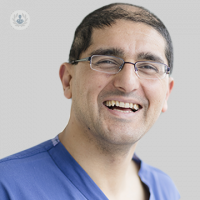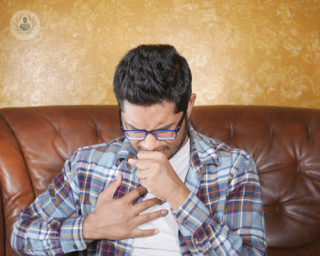Spirometry
Dr Sundeep Kaul - Pulmonology & respiratory medicine
Created on: 11-13-2012
Updated on: 08-01-2023
Edited by: Kate Forristal
What is spirometry?
Spirometry is a test that measures the amount of air you exhale and the speed you exhale it at. It can help to diagnose lung diseases that might otherwise go undetected by other tests. During a spirometry you breathe through a mouthpiece connected to a spirometer, a device that measures the amount and frequency of air inhaled and exhaled during a specific time. The test may be done sitting or standing, but the results of a spirometry may vary. This test is usually carried out by a respiratory specilaist.

What does a spirometry involve?
A spirometry is performed by breathing into a mouthpiece attached to a device called a spirometer. You need to breathe normally and relaxed. However, other medical tests may require you to inhale or exhale strongly after breathing deeply.
Why is it performed?
This type of medical test can diagnose lung diseases that the specialist is unable to detect in an initial examination.
A spirometry is performed:
- To diagnose some lung diseases such as (asthma, bronchitis and pulmonary emphysema)
- To identify the reasons for any breathing difficulties
- To check to see if substances in the workplace might be affecting lung function
- To check lung function prior to surgery
- To assess the effect of a drug
- To assess progress in the treatment of a condition.
Preparing for spirometry
There are a number of medical recommendations to follow prior to having this medical test. It is advisable not to eat heavy meals before the test and not to smoke for 4 to 6 hours before the test. You will be advised if you need to use a bronchodilator or inhaled medicines before or during the test.
What do you feel during the test?
During the test you may feel a shortness of breath or feel dizzy. When breathing through the plastic mouthpiece, a nasal clamp is applied to prevent air from escaping through your nose. You must follow the instructions of the specialist and close your lips firmly on the mouthpiece when blowing through it.




